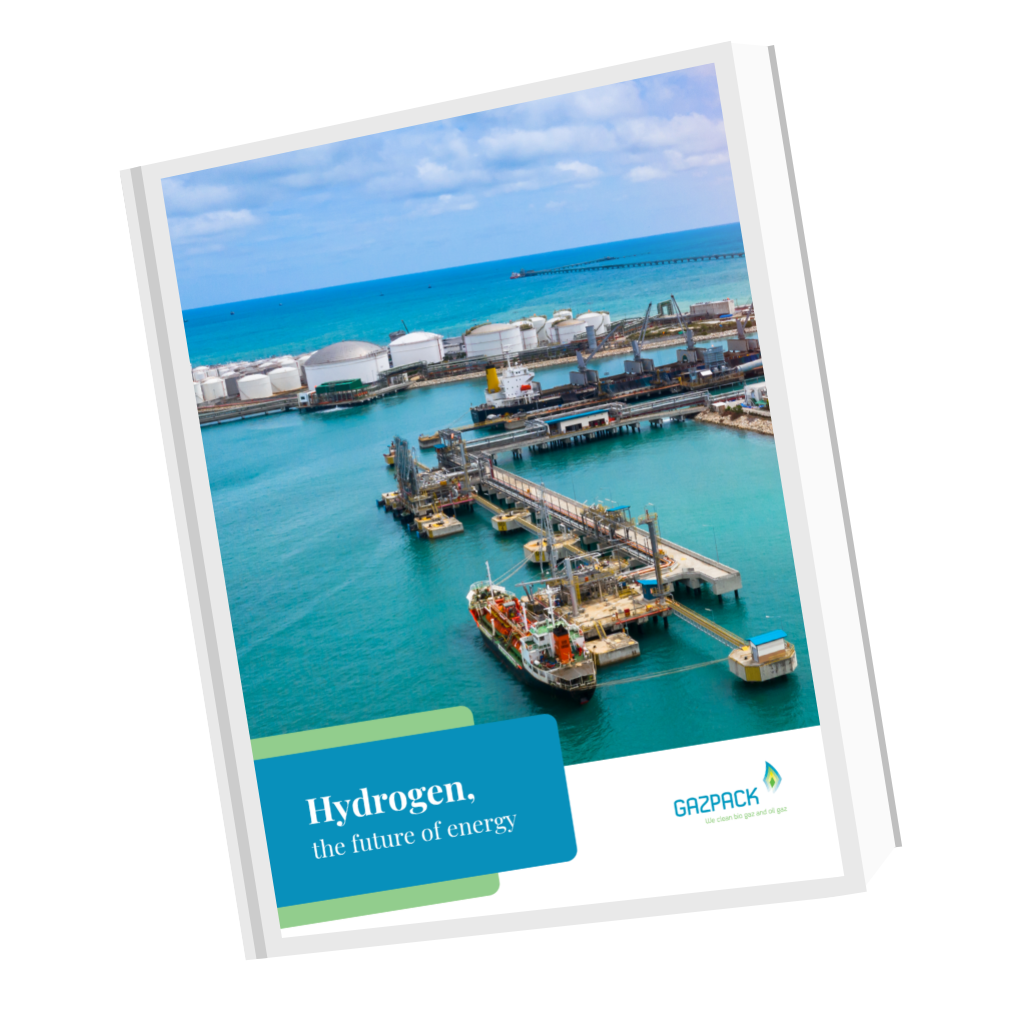Biogas Blower
Looking to explore the world of biogas processing and handling solutions? Get instant access to our documents about biogas technology.
Harnessing energy sources — and doing it efficiently — is a challenge as public demand grows and environmental regulation intensifies. Yet the push to develop renewable forms of generated power also spurs technological innovation. Some of that modernization is reflected in high-tech devices like computerized monitoring systems. Other improvements are seen in cutting-edge versions of decidedly low-tech inventions, like rotors. Such is the case with the production and processing of biogas. Meeting the public’s growing appetite for this renewable natural gas (RNG) requires an increase in availability — a rise in volume as it were. This means moving the gas through its processes by means of a better blower.
I’ve Heard of Biogas but Where Does It Come From?
The name says it all: biogas emanates from biological matter, i.e. organic material. Yet this energy alternative needs certain conditions to do so. Above all, biogas is yielded when oxygen is removed. This can happen when material gets buried or is put in a landfill. It can also happen when that same matter is placed within engineered conditions to prompt and expedite biogas release. The operation — natural or designed — is referred to as anaerobic (without oxygen) digestion (disintegration). When we digest food it is broken down so nutrients can fortify cells and waste can be expelled. When organic matter is digested without the presence of oxygen, the operative bacteria break down the substance over successive stages. The methane (CH4) and carbon dioxide (CO2) that compose biogas, along with a few trace compounds, represent the final outcome.
An important aside is that the organic matter, sometimes called feedstock or substrate, takes a wide variety of modes: manure, fallen leaves, wood chips, sewage, egg shells, coffee grounds and other food scraps are but a sampling of potential substrate. This is one of the two best selling points of biogas — its mitigation of the huge challenge of waste management. The other asset is carbon neutrality: biogas does not add any additional CO2 to the atmosphere. Therefore, it poses an attractive recourse for those concerned over the detrimental effects of fossil fuels.
How Is an Anaerobic Digester Designed?
Biogas plants serve to heat single households, power farms, supply public utilities and fuel transit fleets. The size of each plant, then, is variable. Yet common components are present in each and every anaerobic digester. Each has an intake component into which the feedstock is fed. Some digesters actually pretreat the substrate before it proceeds to the next stage. Subsequently, the material arrives at the digester itself. This is the sealed tank or vessel in which the multi-phased decomposition takes place. The biogas will eventually rise to the top. The third common element is where the biogas is separated from what is left of the substrate, i.e. the digestate.
Is Biogas Usable Once Released?
On farms and other self-contained entities, biogas can go from digestion to electricity without much refinement. However, if the gas will be transported over distances, or held in storage for a time, it likely needs processing and upgrading. The purpose of such treatment is to cleanse the biogas of certain compounds that can damage their containers and conveyances, not to mention the health of the humans handling the biogas. This is why some biogas plants include extensive processing facilities that purify the gas into biomethane, often used as fuel for cars, trucks and public transportation. Whether the biogas is conveyed to processing or to its intended purpose directly affects how it is moved from one stage to the next. Moving it, by the way, is as important as making it.
How Does Biogas Move?
Biogas is combustible; its destiny is to be burned. Producing electricity, heating a building or propelling a vehicle with biogas all necessitate combustion. When a driver increases the speed of an automobile by applying pressure to the accelerator, more gasoline is moved from the tank to the engine. “Step on the gas” is the frequent phrase. The same idea applies when biogas is the energy source. Higher heat and greater electrical output call for a faster flow of biogas from storage to combustion. This is accomplished with a biogas blower. A blower biogas system is a critical component in biogas production, responsible for ensuring the consistent and controlled flow of biogas through the processing system.
A blower of biogas can push or pull the methane toward its ultimate destination. This instrument works on the Positive Displacement Rotary Blower principle. This is where two rotors are moving in opposite directions at equal speed, drawing gas in and — when space opens between the rotors — pushing it out. The tempo of the blowers determines the pressure at which the gas is forced out and toward the generator. A reliable biogas blower will have clear settings for rotor timing; be efficient in terms of how much gas it receives and expels; and have adequate inlet and outlet links.
In Summary
As biogas is created and refined in higher volumes for myriad uses, technology is catching up to transfer it from the point of digestion to the point of combustion and all stops in between. Devices to blow biogas should reflect safety and efficiency. These should also provide maximum variability of gas flow according to need. The growing interest in biogas is spurring more research and development with regard to its support infrastructure.




